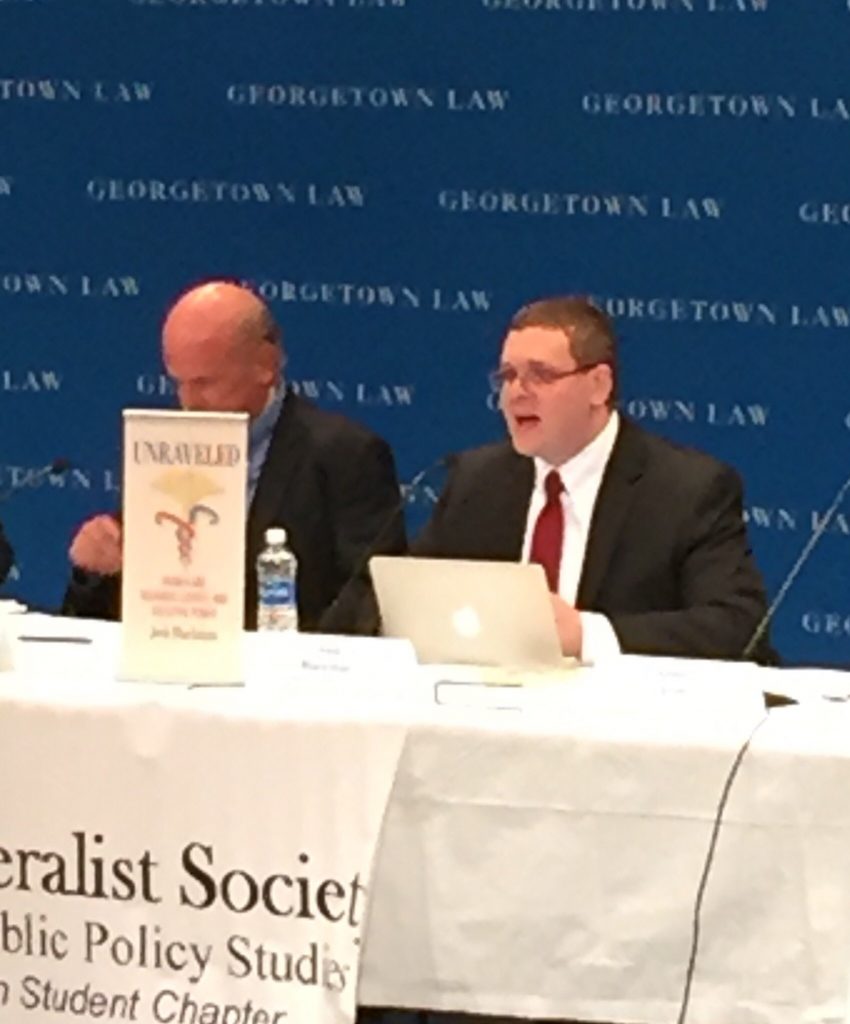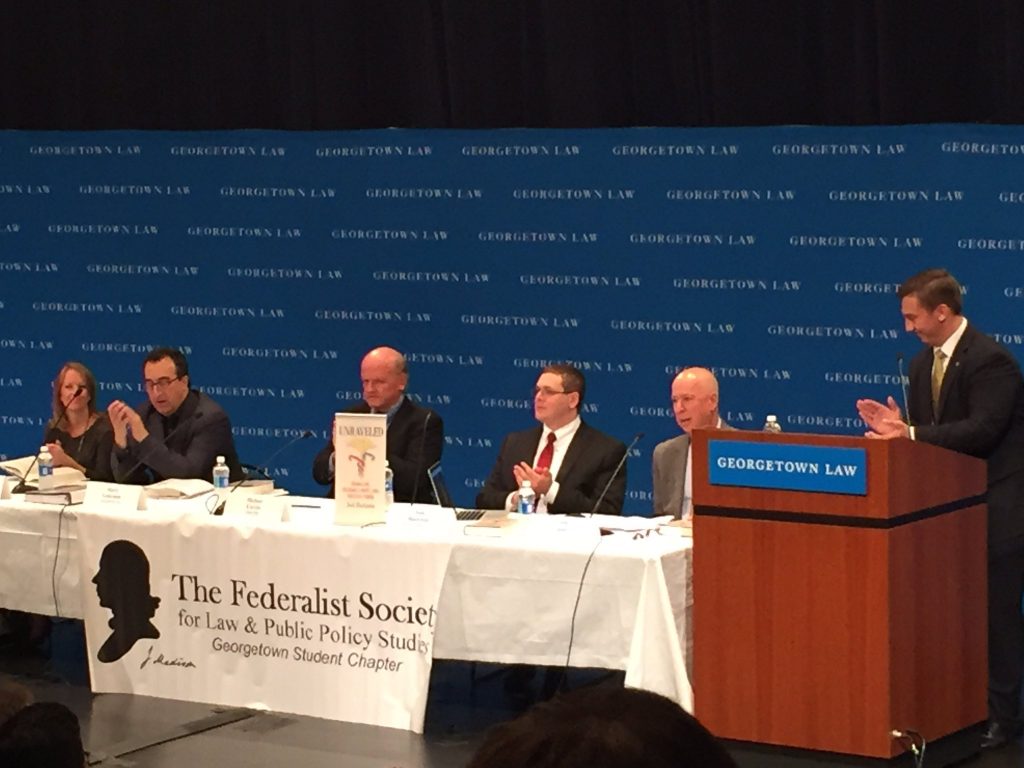Today’s New York Times has a revealing, and bleak profile of the ACA exchanges in year three:
The fierce struggle to enact and carry out the Affordable Care Act was supposed to put an end to 75 years of fighting for a health care system to insure all Americans. Instead, the law’s troubles could make it just a way station on the road to another, more stable health care system, the shape of which could be determined on Election Day.
At every single book event I’ve done, I have been asked the same question: “Was the ACA designed to fail?” My answer: “Not this quickly.” Jonathan Gruber has stated on several occasions that the ACA was merely a weigh-station to national health care, but I don’t think the smartest guys in the room anticipated the pit stop would be quite this short. The fatal conceit of central planning has once again, taken the central planners by complete surprise.
Remarkably, in less than three years, Obamacare has unraveled the individual health insurance marketplace.
In such divergent proposals lies an emerging truth: Mr. Obama’s signature domestic achievement will almost certainly have to change to survive. . . .
“Employer markets are fairly stable, but the individual insurance market does not feel stable at all,” said Janet S. Trautwein, the chief executive of the National Association of Health Underwriters, which represents more than 100,000 agents and brokers who specialize inhealth insurance. “In many states, the individual market is in a shambles.”
Another question I am often asked is whether I feel bad for the insurance companies that are struggling. My answer: “Schadenfreude.” Karen Ignani and her cronies made a faustian pact with the government. They were ecstatic that the government would mandate that people buy their products, and subsidize the marketplaces. How did that work out? Not so well. Now insurance companies are fleeing the marketplaces in droves, after losing hundreds of millions of dollars.
So what is the solution from the central planners? More central planning!
But that does not mean the act will heal on its own, said Sara Rosenbaum, a professor of health law and policy at George Washington University.
“Even the most ardent proponents of the law would say that it has structural and technical problems that need to be addressed,” she said. “The subsidies were not generous enough. The penalties for not getting insurance were not stiff enough. And we don’t have enough young healthy people in the exchanges.”












